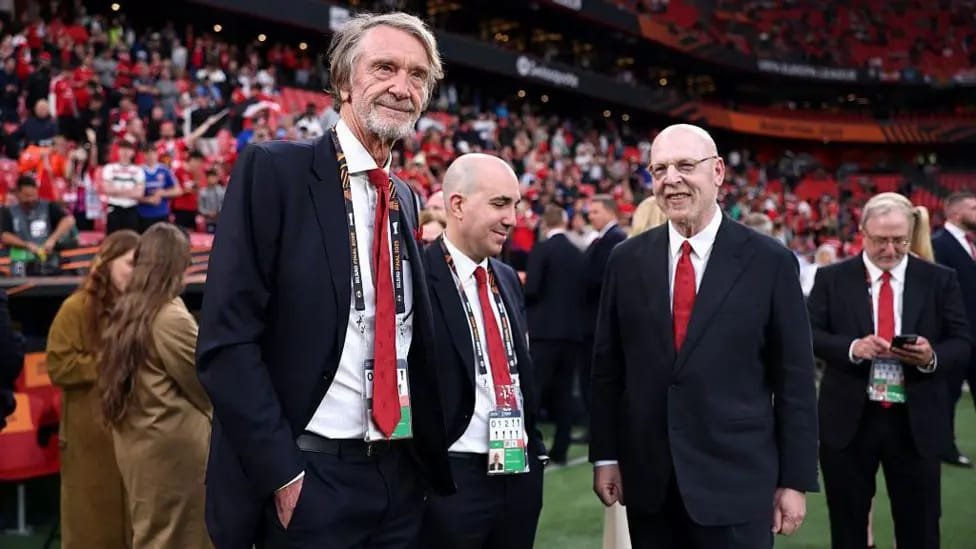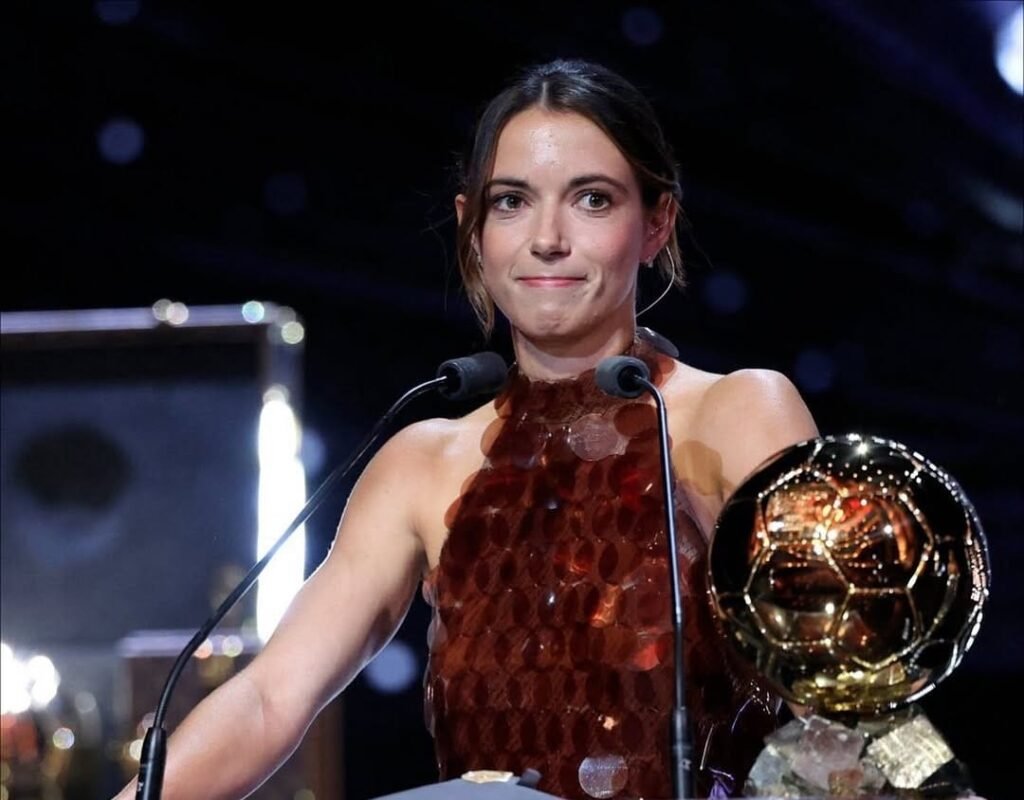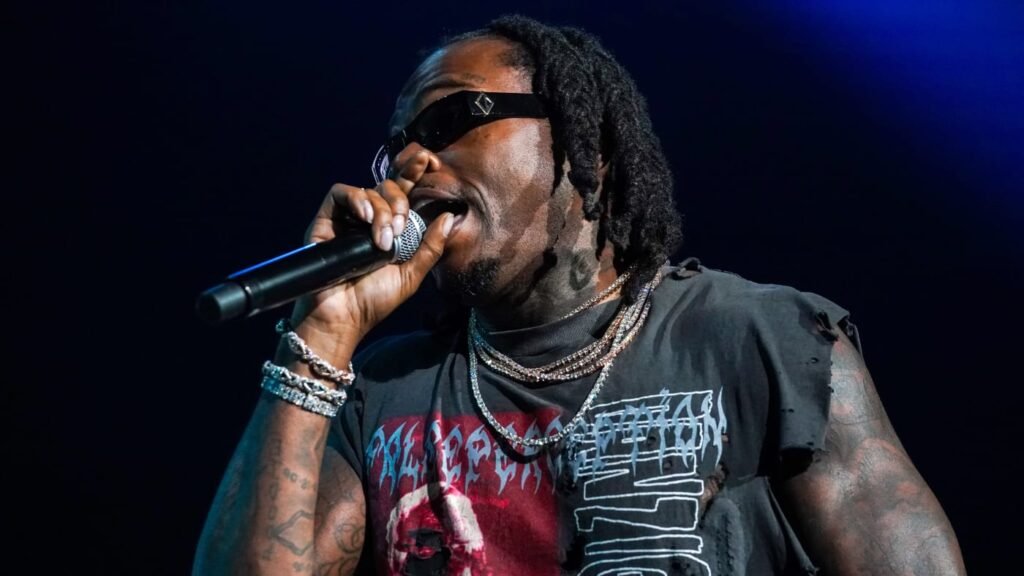
A Club in Crisis, Yet Still Among the Elite
Manchester United might be limping on the pitch, but off it, they remain a commercial juggernaut. According to Forbes’ 2025 Football Club Valuations, United has been ranked the second most valuable club in world football, worth an estimated $6.6 billion (£4.9 billion). Only Spanish powerhouse Real Madrid ranks higher, at $6.75 billion.
The numbers highlight a paradox. United is enduring its darkest period in decades, finishing 15th in the Premier League during the 2024–25 season and crashing out of Europe after losing the Europa League final under Rúben Amorim. Yet, somehow, the club’s valuation increased by 1% year-on-year.
This raises a fundamental question: how does a club that keeps failing on the pitch remain such a giant in global finance and brand power?
The Resilient Power of the Manchester United Brand
For decades, Manchester United have been more than just a football team. They are a global brand, a cultural institution, and for many, the symbol of English football. Their rich history — from Sir Matt Busby’s rebuilding after Munich, to the dominance of Sir Alex Ferguson’s era — built an aura of success that continues to pay dividends in 2025.
Even with £113.2 million in losses last year and a debt mountain exceeding £1 billion, the club continues to attract massive commercial deals. Sponsorship partners like TeamViewer, Adidas, and DXC Technology pay premium fees simply to associate with the United badge. Meanwhile, their worldwide fan base — estimated at over 650 million — ensures that merchandise, broadcasting rights, and matchday revenue keep flowing, regardless of results.
Unlike most clubs, United is not just supported; it is consumed like a global product. The famous red shirt is as recognizable in Johannesburg and Jakarta as it is in Manchester. This brand resilience explains why United’s value holds firm even when trophies are scarce.
Forbes Rankings: Breaking Down the Numbers
Forbes’ annual valuation is not about league position or short-term success — it’s about long-term financial muscle. Here’s how the 2025 top five clubs shaped up:
Real Madrid – $6.75 billion (Revenue: $1.129 billion)
Manchester United – $6.6 billion (Revenue: $834 million)
Barcelona – Valued just below United
Liverpool – $5.4 billion (Revenue: $773 million)
Manchester City – $5.3 billion (Revenue: $901 million)
Interestingly, Manchester City recorded the second-highest revenue globally, but their valuation trails United’s by over $1 billion. This gap underlines the unique commercial magnetism of the United brand.
Forbes calculates valuations based on enterprise value — equity plus net debt — and includes club financial reports, executive interviews, and market analysis. Crucially, these valuations consider stadium operations but exclude real estate, while measuring debt strictly as long-term, interest-bearing obligations.
In simple terms: Forbes values the entire footballing business, not just the team.
The Old Trafford Dilemma: Past Glory Meets Future Plans
A major talking point for United is the future of Old Trafford. Once the “Theatre of Dreams,” it is now outdated compared to the ultra-modern arenas of rivals like Tottenham Hotspur and Real Madrid.
In March 2025, United unveiled plans for a £2 billion redevelopment of Old Trafford on the existing site. The project aims to modernize facilities, expand capacity, and create a venue that doubles as a commercial and cultural hub. If successful, the new stadium could elevate United’s revenue streams, attracting sponsors, tourists, and events far beyond football.
But here’s the catch: financing such a project with over £1 billion in existing debt will be a colossal challenge. Critics argue that the club’s American-style commercial model — squeezing profits while results decline — is unsustainable. Supporters, meanwhile, are torn between hope and frustration, demanding investment in the squad rather than just infrastructure.
Sir Jim Ratcliffe’s Influence and the Ownership Puzzle
Ownership remains the most divisive issue among United fans. The Glazer family still holds the majority, but Sir Jim Ratcliffe’s minority stake (acquired in December 2024) has shifted the balance of power slightly.
Ratcliffe has already launched cost-cutting measures, laying off over 250 staff to save £8–10 million annually, with reports of further redundancies ahead. While these decisions stabilize the books, they have sparked criticism from supporters who believe the club should focus on footballing success rather than corporate efficiency.
Yet Ratcliffe’s long-term strategy seems aimed at streamlining operations, upgrading Old Trafford, and slowly steering the club toward sustainable profitability. Whether he eventually takes full control from the Glazers remains one of the biggest storylines in English football.
The Business vs. Football Paradox
The biggest irony for United is the disconnect between financial health and sporting failure. On the one hand, the club remains one of the most valuable in the world, sitting at the very top of global sport alongside Real Madrid and Barcelona. On the other hand, they haven’t won the Premier League since 2013 and now face at least one season without European football.
This paradox underscores a wider truth in modern football: clubs like United are no longer judged solely by trophies. Global reach, sponsorships, and media rights increasingly define a club’s stature.
But for fans, that is little comfort. For them, Manchester United is not an investment portfolio; it is a way of life. The terraces of Old Trafford still sing of past glories, and frustration grows louder with every passing season of underachievement.
Can Manchester United Rise Again?
Looking ahead, the challenge is clear. If United wants to remain at the top of Forbes’ financial charts and also regain their place among football’s elite, they need to find a balance between commercial expansion and footballing ambition.
Investments in infrastructure and sponsorship deals mean little if the squad cannot compete with the likes of Manchester City, Real Madrid, and Bayern Munich. Fans will demand reinforcements, new leadership, and a long-term football vision.
United’s ability to hold its valuation despite a 15th-place finish proves the club’s incredible resilience. But resilience has limits. If failures persist, sponsors may eventually look elsewhere, and fans may grow disillusioned.
Final Word
Manchester United’s ranking as the second most valuable football club in the world is both a triumph and a warning. It is proof of their unmatched commercial power but also a stark reminder of how far they have fallen on the pitch.
As rivals like City dominate English football and Real Madrid continue to set the standard in Europe, United’s next chapter will hinge on whether they can turn financial muscle into footballing success.
Until then, Manchester United remains a paradox: a billion-dollar brand searching for the performances to match its name.




